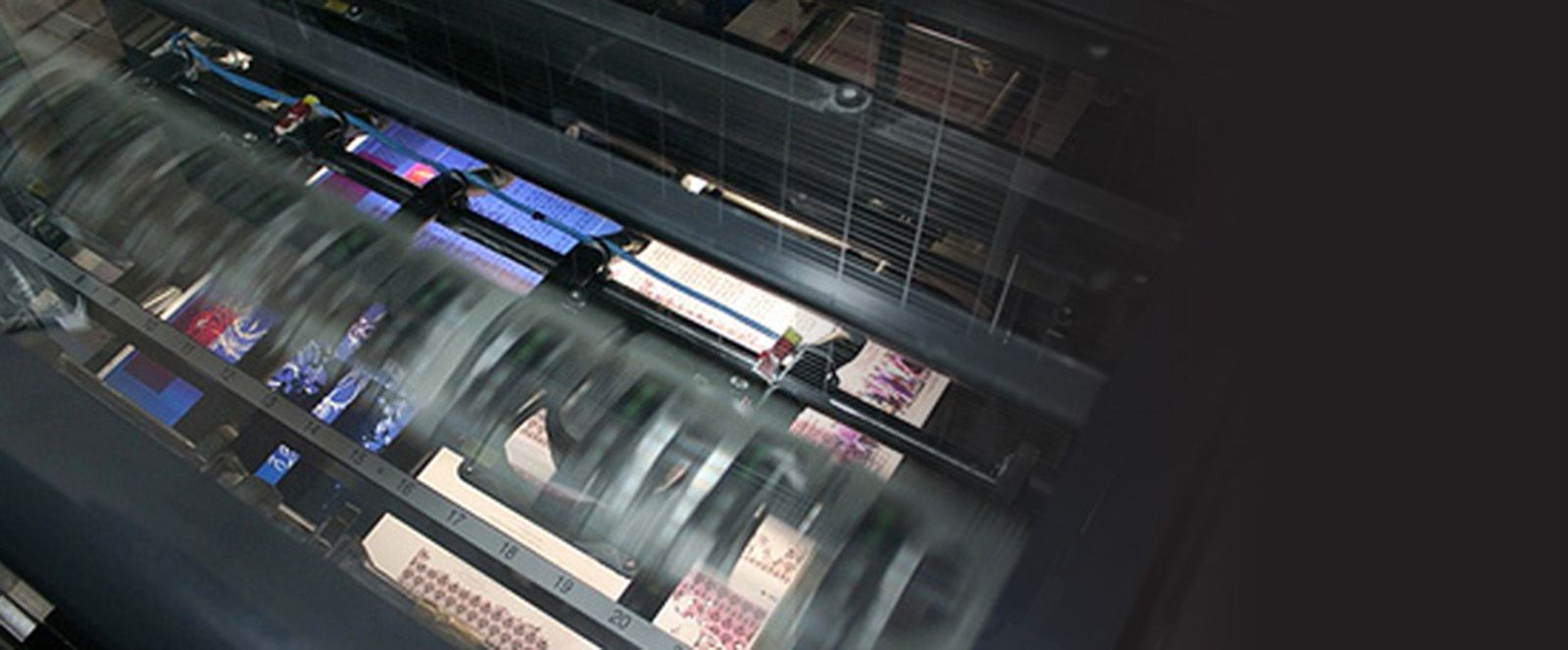
A large problem that occurs often in offset printing is dot gain. Dot gain can cause your printed images and colors to look darker than what they should. Many factors can cause dot gain, and in today's world of direct to plate, there are many areas that can compensate for dot gain.
What is Dot Gain
When designing your print media project on the computer, your images and colors will look bright and vibrant, but when you see the final printed piece, your colors may become dark and muted. The culprit of your muddied colors could be dot gain. Commercial printing uses dots in Cyan, Magenta, Yellow and Black to print images and colors. In a linear world, if your color was 50% black, then the black dot should be 50%, but there are many factors that can affect the size of the dot.
Before direct to plate print companies would use film and rubylith masks to burn plates. As the light passed through the many layers of film and rubylith, the size of the dot could have increased. Once the plate was placed on the press, inked up and ready to print, the size of the dot could have increased even more. This would cause a 50% dot to look more like a 60% dot on the press, causing images and colors to look different.
With the introduction of direct to plate machines, the chance of dot gain because of film layers disappeared. Unfortunately, there are other variances that will cause dot gain.
1 Ink
The viscosity of an ink can play into dot gain. An ink that has a low viscosity can spread around the halftone dots.
2 Pressure
On a printing press, ink is picked up by the plate and transferred to blanket that uses pressure to imprint onto the paper. Too much pressure and the halftone dot will be smashed and appear larger than it should
3 Blankets
To achieve the right pressure for a print blanket, packing sheets can be added or removed. Too much packing will increase the pressure of the plates causing dot gain.
4 Printing Press
Older presses can cause dot gain from the wear and tear of years of use. Deterioration of rollers, gears and drives can all affect dot size. Properly maintaining and servicing your press can help eliminate this problem.
5 Paper
A big factor in dot gain is the paper your project is printing on. Uncoated papers will absorb ink more than coated papers do causing dot gain. Some coatings are more porous than others and can also cause dot gain.
6 Plates
Even though direct to plate has eliminated dot gain caused by film, laser age, density and power output can affect a halftone dot.
7 Chemistry
Plates that need to go through a developer and fixture bath can be affected by the age of the chemistry. A plate that is not developed fully or overdeveloped can cause dot gain.
Even though there are many factors that cause dot gain, there are just as many ways to counteract dot gain. Using color profiles while working with your images can compensate for dot gain. Many direct to plate machines can apply a curve to the plates before they are put on the press. Knowing the paper your project will print on allows the plate maker to apply to correct curve reducing the dot by the amount gained on the press.
If you are concerned about how your printed piece will look, ask your service provider to send you a color proof. The proofing system should be able to give you a closer visual representation than a PDF will. If your colors and images look dark on the proof, go ahead and adjust them to compensate for dot gain that may occur.
Would you like more helpful print related articles sent to your inbox? Click here to subscribe to our mailing list and receive our bi-weekly article posts every Tuesday and Thursday.

